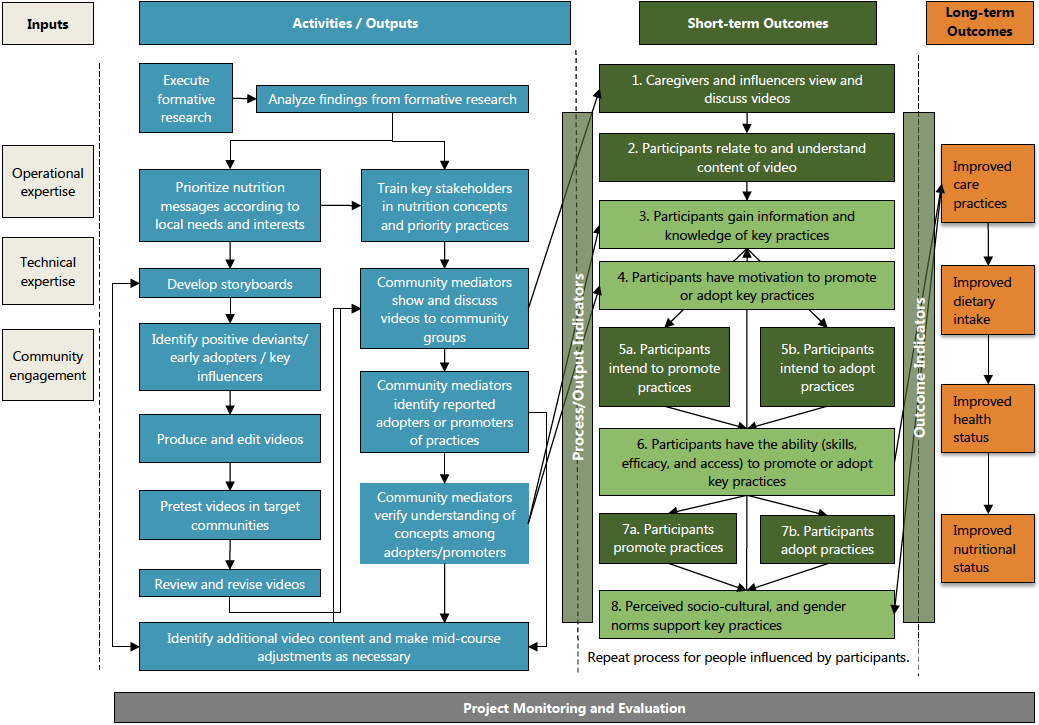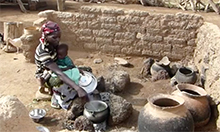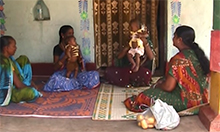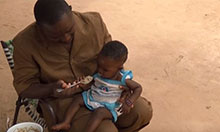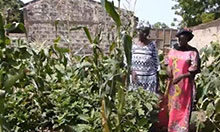What does it take to start and maintain a community video program?
Why Community Video for Nutrition?
Community video is an innovative, low-cost approach for social and behavior change where videos are developed by the community, for the community. The resulting videos allow community members to observe practices in their own geographical context, demonstrated in their own language, and by someone of similar means. SPRING has used community video for nutrition, health, and agriculture-related behavior change.
This page will guide you through the community video development process, highlighting key documents and tools that SPRING has developed during its years of implementing community video programs.
Community Video Resources and Evidence
SPRING has experience implementing the community video approach in countries around the world. These resources and evidence discuss some of our experiences in detail.
Resources
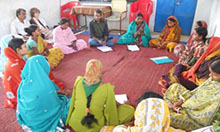
Community Video for Nutrition Guide
This is a complete guide offering step-by-step directions for the design and implementation of a community video project focused on maternal, infant and young child nutrition (MIYCN) behaviors.
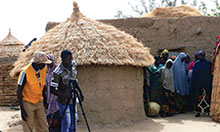
Road map for the Community Video Approach
This document breaks down the main components of the Community Video for Nutrition Guide into tools that can be easily adapted to different program contexts.
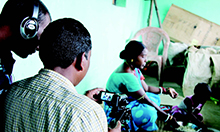
Community Media for Social and Behavior Change
This review presents case studies of how SPRING has implemented its community media approach in multiple contexts.
Evidence
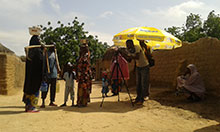
From Pilot to Practice
This page describes SPRING’s community video approach to improve nutrition in the African Sahel, with a focus on scale and sustainability through local partners.
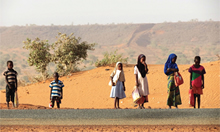
Seeing is Believing
This report presents results from a SPRING/Digital Green pilot intervention using the community video approach to improve nutrition in Niger.
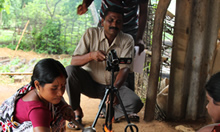
Using a Community-Led Video Approach to Promote Maternal, Infant, and Young Child Nutrition in Odisha, India
This report shows the results from a pilot and feasibility study done in collaboration with Digital Green on using the community video approach to promote MIYCN behaviors in India.
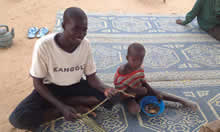
The Father Factor
This report presents findings on how the community video approach can improve spousal communication and male involvement in decisions around MIYCN behaviors, drawn from a SPRING-led community video project in Niger.
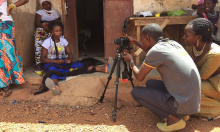
SMARTE Solutions for Value Chains: Telling Stories Through Community Video to Improve Agriculture
This blog highlights lessons learned by SPRING and our implementing partner in Guinea, Winrock International. Their SMARTE project used SPRING’s approach to community video in their market-led activities to improve livelihoods for agricultural value chain actors, while communicating nutrition-sensitive messages.
Community Video Tools
Mobilization
Implementing a community video project begins by involving key stakeholders to identify an intervention area, assemble a team, clarify roles and responsibilities, and create a detailed implementation plan. In the selected intervention villages, it is vital to locate and engage community leaders and facilitators who can dedicate time to implementation, can build community interest, and have the trust of other community members.
- Illustrative project Gantt chart (MS Word, 24 KB)
- Specifications for Video Production and Dissemination Equipment Sets (MS Word, 80 KB)
Situational Analysis
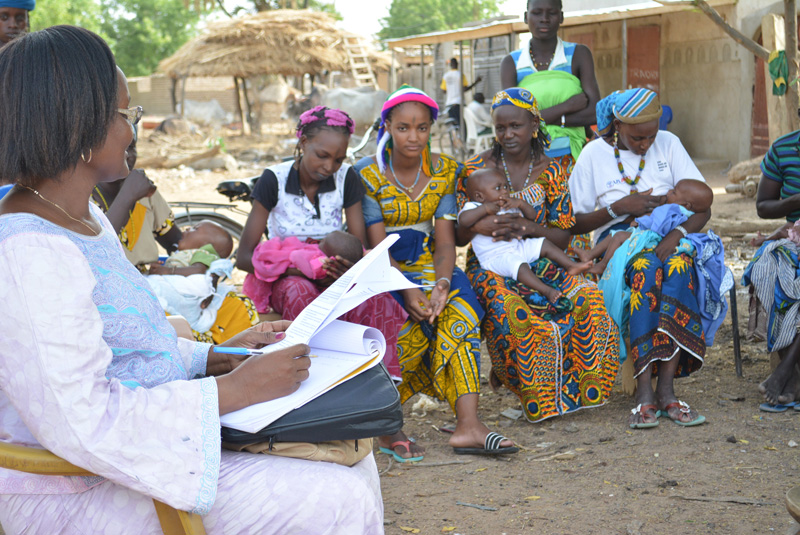
After identifying the intervention sites and local team members, a situational analysis is needed to understand the local context for the videos, choose priority behaviors, and identify possible barriers and enablers. This initial analysis usually begins with a literature review and a landscape analysis, and should also include formative research that identifies social, cultural, and economic determinants that affect local practices and behavior change.
Capacity Building
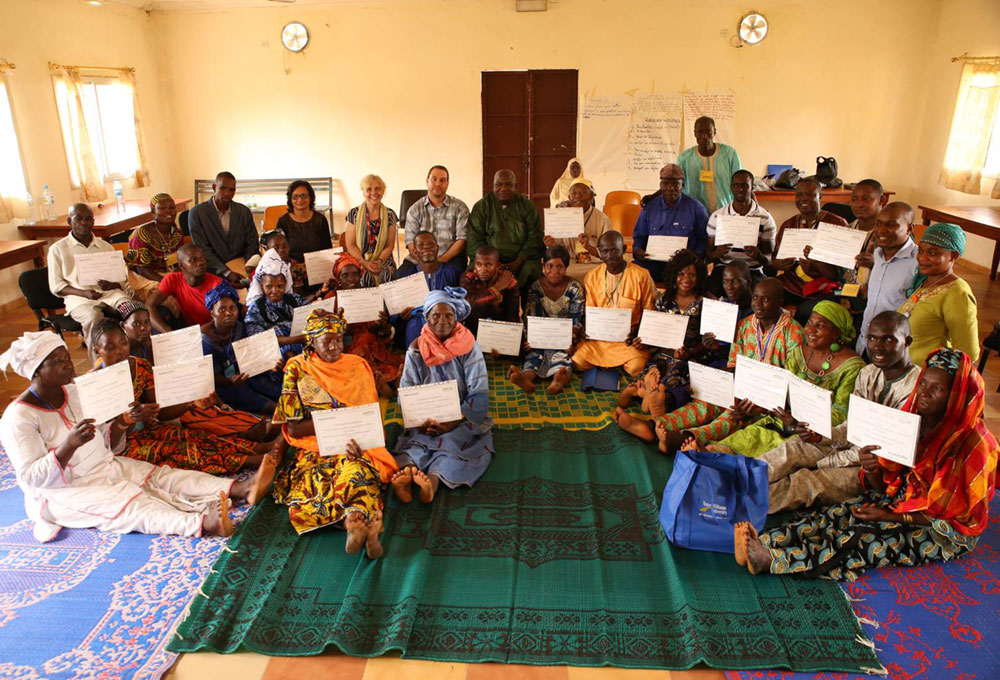
It is critical to build the capacity of partner staff and local village teams in video production and editing, video dissemination, and data management. Team members, especially those responsible for video production and dissemination, must also be trained on basic principles and key behaviors of the nutrition, health, and agriculture-related themes of your project. All training materials should be adapted to the local context, based on the results of the situational analysis. The following documents are sample training materials used by SPRING for its support for MIYCN and nutrition-sensitive agriculture-based community video programs in Odisha, India.
Content Development
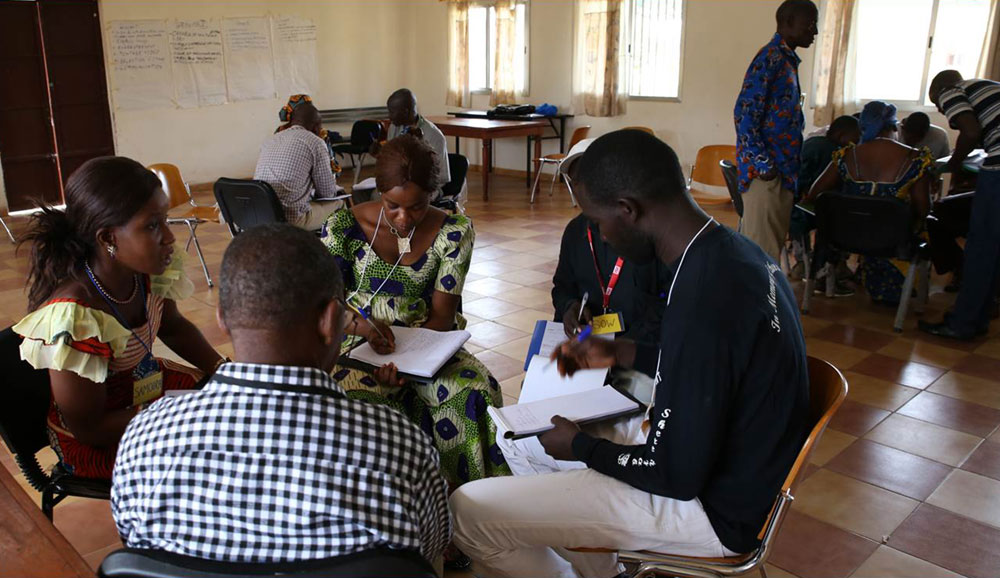
It is critical to develop content that is both technically accurate and appropriate to the local context. Building on evidence-based practices and the results of the situational analysis, the team should select the key behaviors to be promoted in each video. These are integrated into a Package of Practices (POP), which is used to guide the development of the video. The POP also specifies the questions and answers that facilitators will use to guide discussion during the dissemination.
- Package of practices template (EN) (PDF, 68 KB)
- Package of practices template (FR) (PDF, 56 KB)
- Sample package of practices (MS Word, 211 KB)
Video Pre-Production
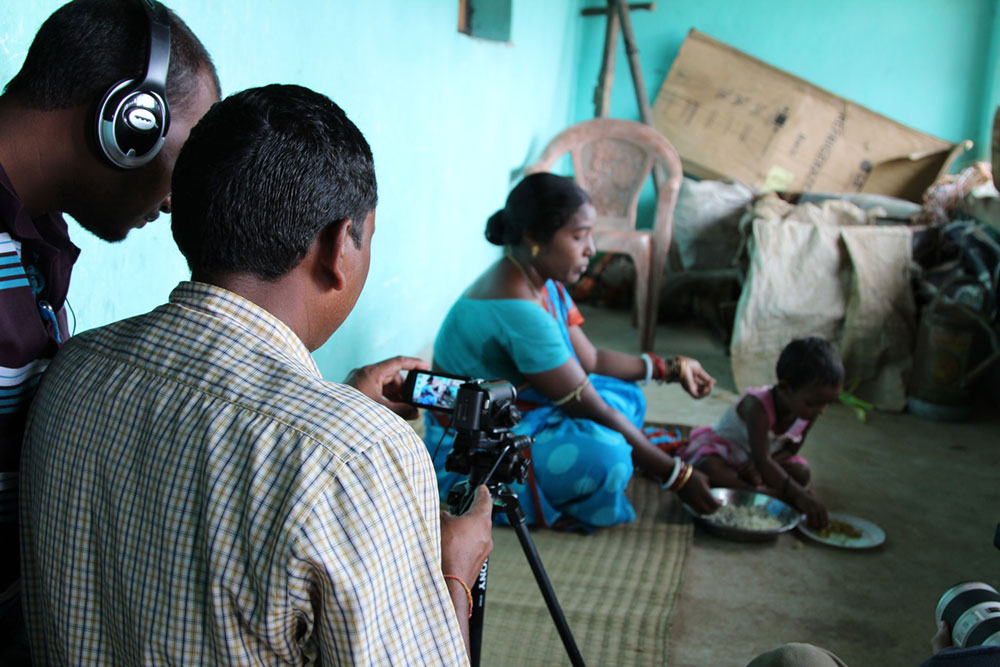
Video production often begins with concept testing to gather community feedback on possible storylines for the video. The production team then develops a storyboard based on the selected concept which reflects important health/nutrition/agriculture messages through an evocative story. Once the storyboard has been reviewed and approved, it is time to identify community actors and shoot the video!
- Concept testing template (EN) (PDF, 128 KB)
- Concept testing template (FR) (PDF, 128 KB)
- Storyboarding template (EN) (PDF, 228 KB)
- Storyboarding template (FR) (PDF, 383 KB)
- Video production planning sheet and storyboard template (MS Word, 106 KB)
- Consent form for video stars template (MS Word, 62 KB)
Video Production
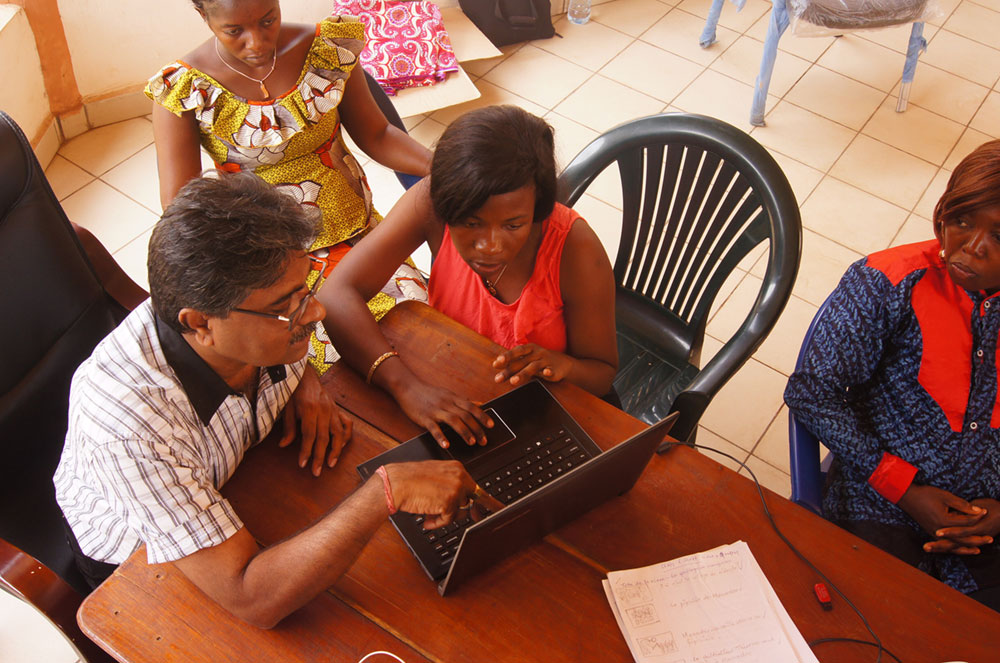
Since 2012, SPRING has been collaborating with its US- and India-based partner, Digital Green, in adapting their "human-mediated digital learning approach" for the promotion of key MIYCN and hygiene-related behaviors. Digital Green is globally recognized as a leader in training for community video production, editing, and dissemination through mobile platforms.
In a community video program, local community members are trained to direct, film, and edit videos based on the project’s technical specifications. You can find links to Digital Green’s video production training resources below, as well as in the sections on dissemination and monitoring and evaluation.
Pretesting
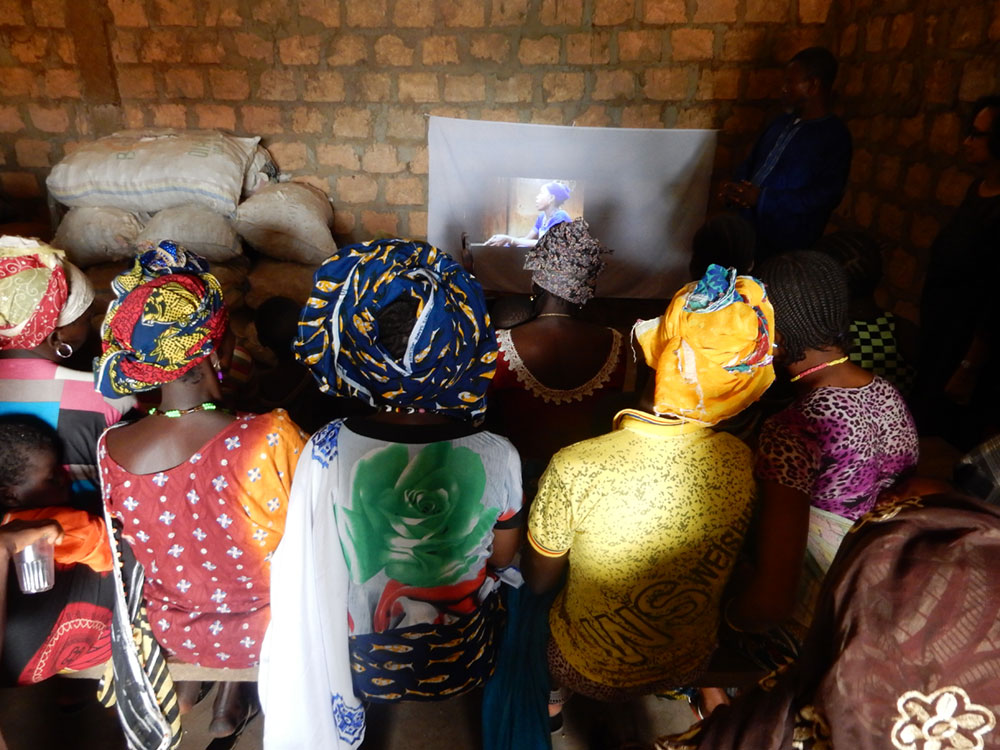
After video is shot and edited, it should then be pretested in a community that is similar to the target audience. Pretesting ensures that the messages are understandable and culturally-appropriate. The production team should use the feedback from pretesting to further refine the video and prepare for dissemination.
- Pretest template (EN) (PDF, 69 KB)
- Pretest template (FR) (PDF, 56 KB)
- Pretest guide and report template (MS Word, 67 KB)
Facilitator Meetings and Dissemination
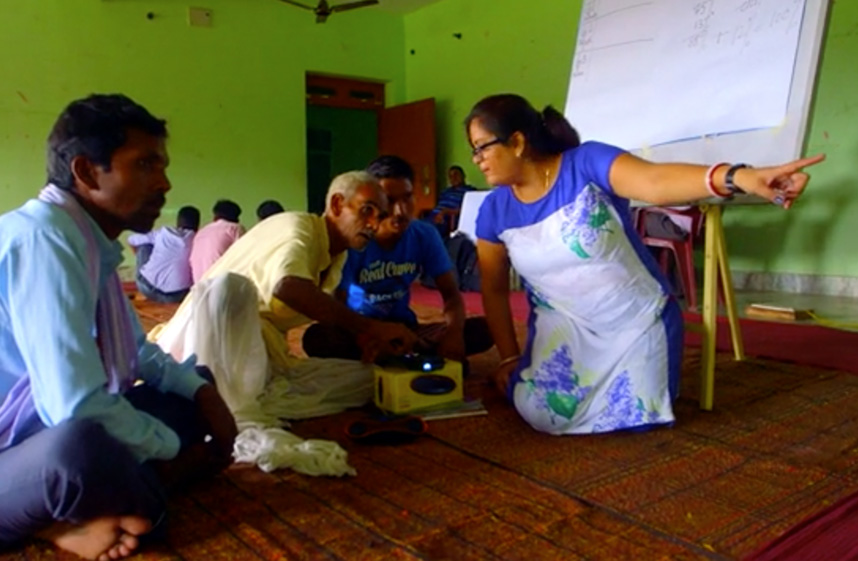
Before premiering a video, facilitators meet to watch the video, prepare for questions they may face in the field, and reinforce their technical knowledge. The facilitators then lead disseminations in the intervention communities by reviewing lessons from the previous meeting, organizing a guided screening of the new video, and facilitating an open discussion among participants about the key messages of the video. Facilitators use small, battery-powered pico projectors, which can project the video on a light-colored wall or screen.
Monitoring and Evaluation
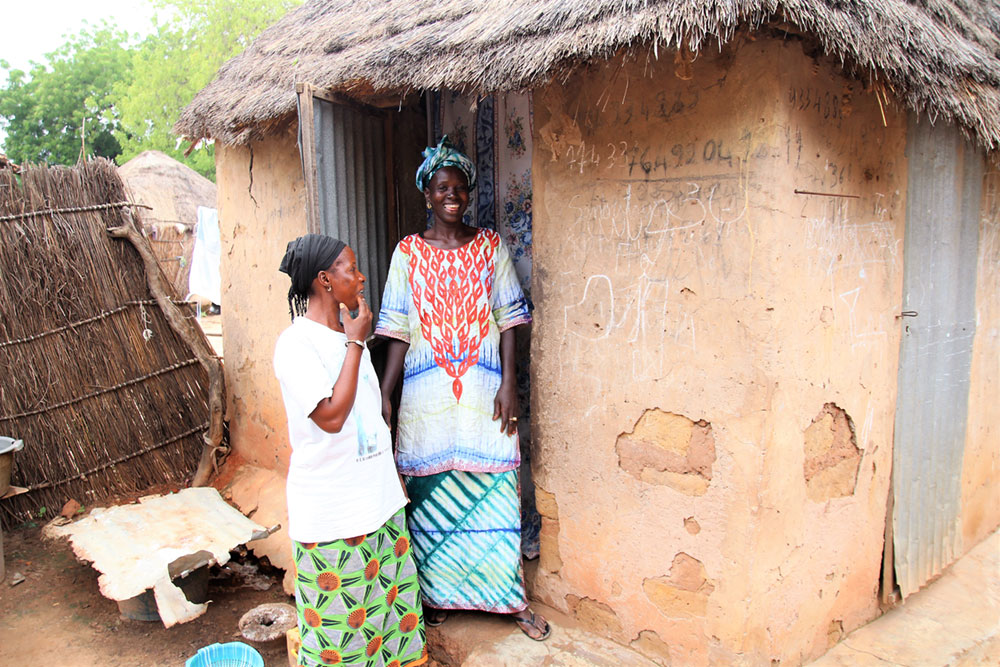
Monitoring and evaluation begins by identifying participants who are interested in adopting proposed behaviors. After video screenings, facilitators conduct home visits with these participants to verify behavior adoption and/or reinforce key messages. Data is compiled, analyzed, and used to monitor the project, improve video production and dissemination, determine the need for refresher trainings, and inform future video production.
- Home Visit Tool (EN) (PDF, 386 KB)
- Home Visit Tool (FR) (PDF, 1.6 MB)
- Adoption Verification Job Aid Sample (MS Word, 108 KB)
- Adoption Verification Form Template (MS Word, 105 KB)
- DG Coco Training
Community Video Examples
Here are some examples of community video work supported by SPRING, including videos from Niger, Burkina Faso, Senegal, Guinea, and India. You can browse a variety of SPRING-supported community videos here.
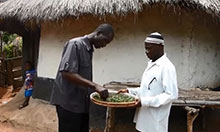
Community Video (Guinea): Sechage des Aliments en Prevision de la Periode de Soudure
